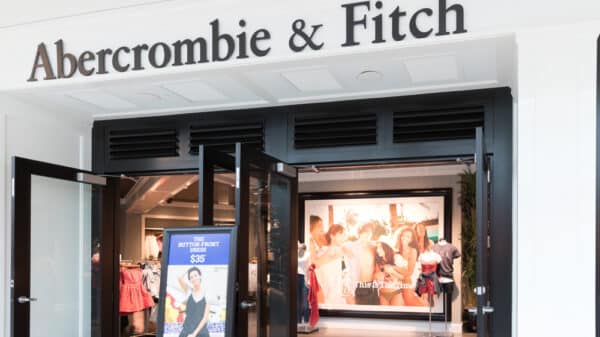The recent uproar surrounding Sydney Sweeney’s “Good Jeans” advertisement with American Eagle Outfitters highlights the enduring complexity of blue jeans in popular culture. Even weeks after the controversy emerged, discussions continue. Notably, Dr. Phil made waves by declaring he would buy American Eagle jeans for every woman in his family as a form of protest against criticisms levied at the ad. This kind of public reaction underscores how deeply personal and political fashion statements can become.
A Historical Perspective
To understand the significance of blue jeans, we must first explore their storied background. Levi Strauss is often deemed the father of blue jeans, having partnered with tailor Jacob Davis in 1873 to create durable pants suitable for miners. This innovative creation quickly found success among working-class Americans, transforming from a utilitarian piece of clothing to an emblem of cultural identity.
Historical photographs from the Great Depression period illustrate that blue jeans became a badge of the working class, an everyday uniform emphasizing functionality over fashion. However, as the decades wore on, this relationship between jeans and socio-economic status began to shift.
The Transformation into Fashion
In the 1930s, affluent Americans began appropriating blue jeans, turning them into a fashion statement during visits to dude ranches. This marked a significant change as jeans transitioned from workwear to a symbol of status and style. Levi Strauss responded by launching Lady Levi’s, the first blue jeans for women, demonstrating the garment’s evolving identity.
Iconic actors like Marlon Brando solidified jeans’ status as a cultural phenomenon. Brando’s casual style disrupted traditional notions of what actors should wear, influencing a generation of young adults who embraced the rebelliousness and authenticity that jeans represented.
The Cultural and Political Significance
By the 1960s, blue jeans had morphed into a canvas for self-expression, serving greater societal narratives. From the counterculture movement to the feminist movement, denim was worn by activists as a statement of rebellion. The portrayal of jeans in various social movements helped cement their role not just as clothing but as symbols of cultural change.
In popular discourse, blue jeans became associated with both rebellion and conformity, depending on who was wearing them. The 1980s brought about further polarization, particularly with the highly sexualized advertising campaigns of that era, which sparked fierce debates about morality.
The Reclamation of Denim
As societal values shifted once again in the latter part of the 20th century, political figures began to adopt jeans as part of their image. Ronald Reagan and George W. Bush utilized blue jeans to convey relatability, showing how clothing can transcend its functional origins to resonate deeply with identity politics.
The Ongoing Conversation
As the discussion surrounding the Sweeney ad illustrates, the complexity of blue jeans in American society persists. These iconic garments are more than clothing; they embody decades of cultural evolution and conflict. The tensions surrounding denim reflect broader societal struggles, making jeans a focal point for discussions on identity, class, and politics.
In an ever-changing political climate, the history of blue jeans serves as a reminder of the power of fashion to influence cultural discourse. As trends come and go, denim continues to weave its way through the fabric of American history, showcasing its ability to adapt and provoke thought across generations.
Image Source: Page Six @ YouTube



























